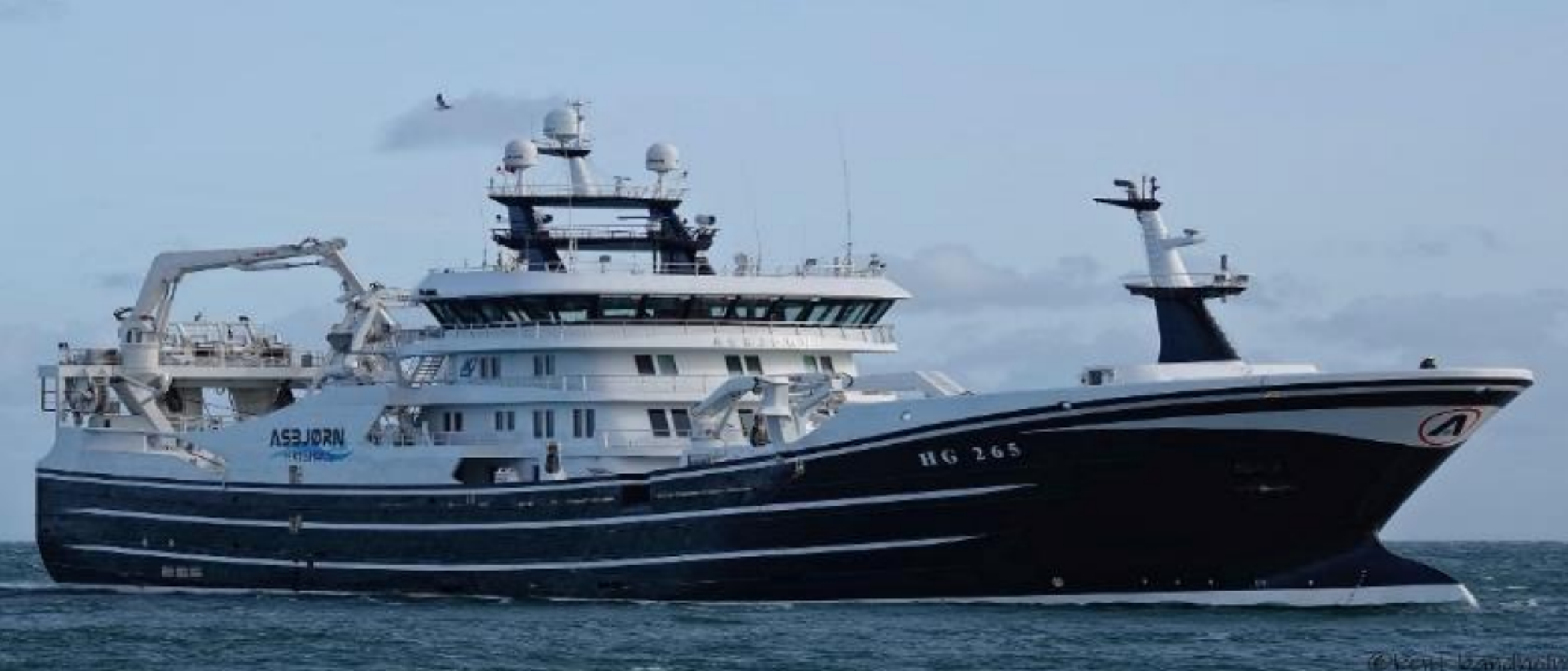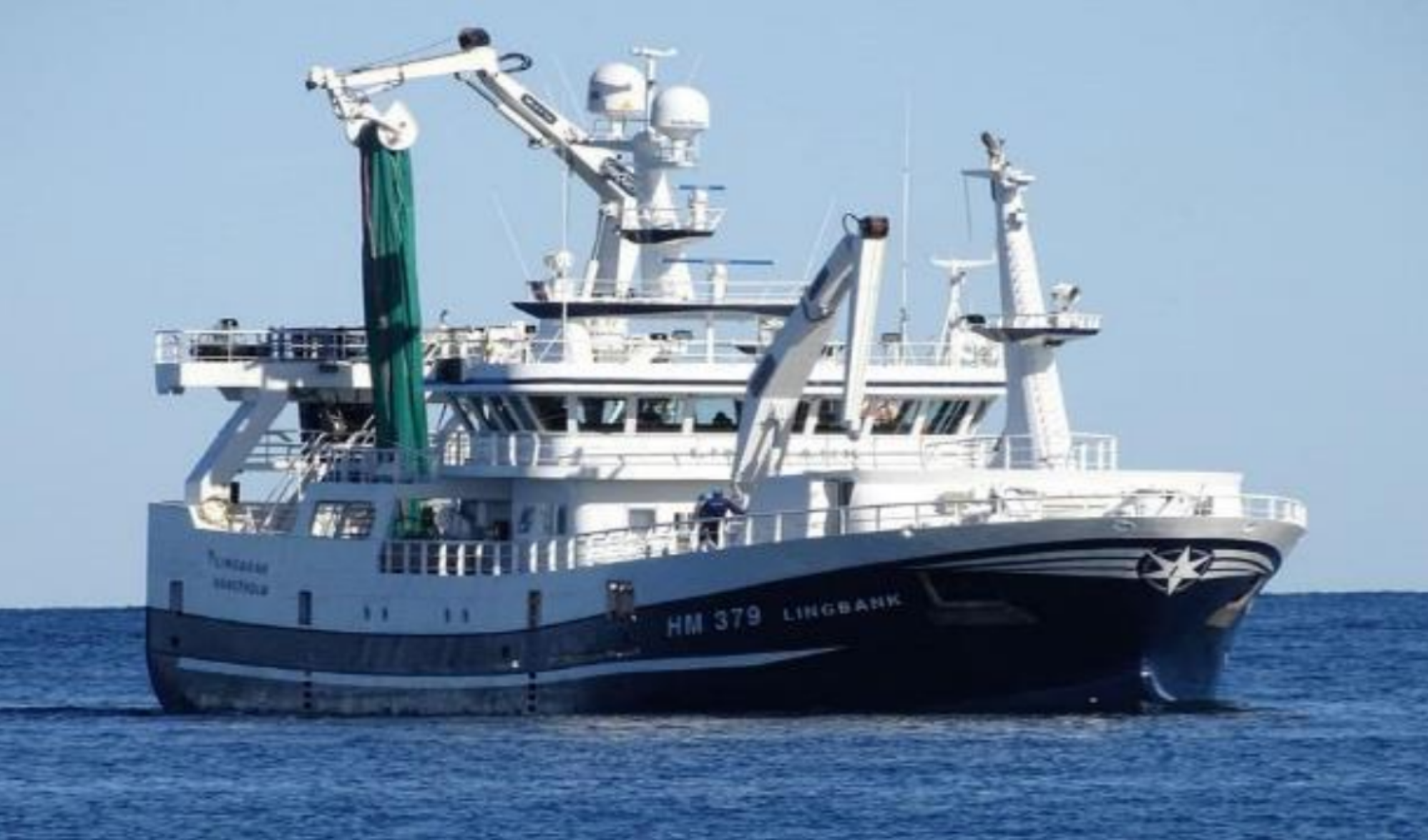The Output of the Port of Skagen on a non-standard mobile OPS solution has been uploaded.
In a major step toward decarbonising maritime logistics, the Port of Skagen has successfully piloted a non-standardised, semi-mobile shore side electricity (SSE) system tailored to the unique needs of pelagic fishing vessels.
The pilot addresses a critical challenge: how to provide clean, reliable energy to vessels during unloading operations without relying on polluting diesel generators. Skagen’s solution combines high-capacity power delivery (up to 1.5 MW) with a flexible cable management system (CMS), enabling vessels to plug into certified green electricity regardless of berth position.
- Environmental Impact and Business Case
The system has already demonstrated significant environmental benefits. Annual CO₂ savings for two pilot vessels — Asbjørn and Lingbank — total nearly 400 tons, with potential savings of up to 1,850 tons if more vessels adopt the technology. The system also eliminates NOx, SOx, and particulate emissions, improving air quality and reducing noise pollution in the port area.

Vessel Asbjørn in Port of Skagen
© Port of Skagen

Vessel Lingbank in Port of Skagen
© Port of Skagen
A dedicated cost-benefit model shows that while SSE is currently slightly more expensive than diesel, rising fuel prices and CO₂ taxation are expected to tip the balance in favor of shore power. Transparent tariffs and a user-pays governance model ensure economic feasibility and fair access for all stakeholders.
- Transferability Across the NSR
While the Skagen model is tailored to the pelagic fleet, its modular design and governance framework offer valuable lessons. Their approach is transferable to other North Sea Region ports, especially in Norway, Iceland, and the Faroe Islands.
The Green Supply Chains project encourages knowledge sharing through regional workshops and partner networks, helping other ports adapt the Skagen approach to their own operational contexts.
- Next Steps
Following successful commissioning and testing, Skagen plans to expand the system to additional vessels and user groups, refine tariff structures, and continue stakeholder engagement. The forthcoming Strategy and Action Plan will guide further roll-out and support other ports in adopting SSE solutions.
Go to the report & pilot page to explore the full findings and see how your port can benefit 👉
